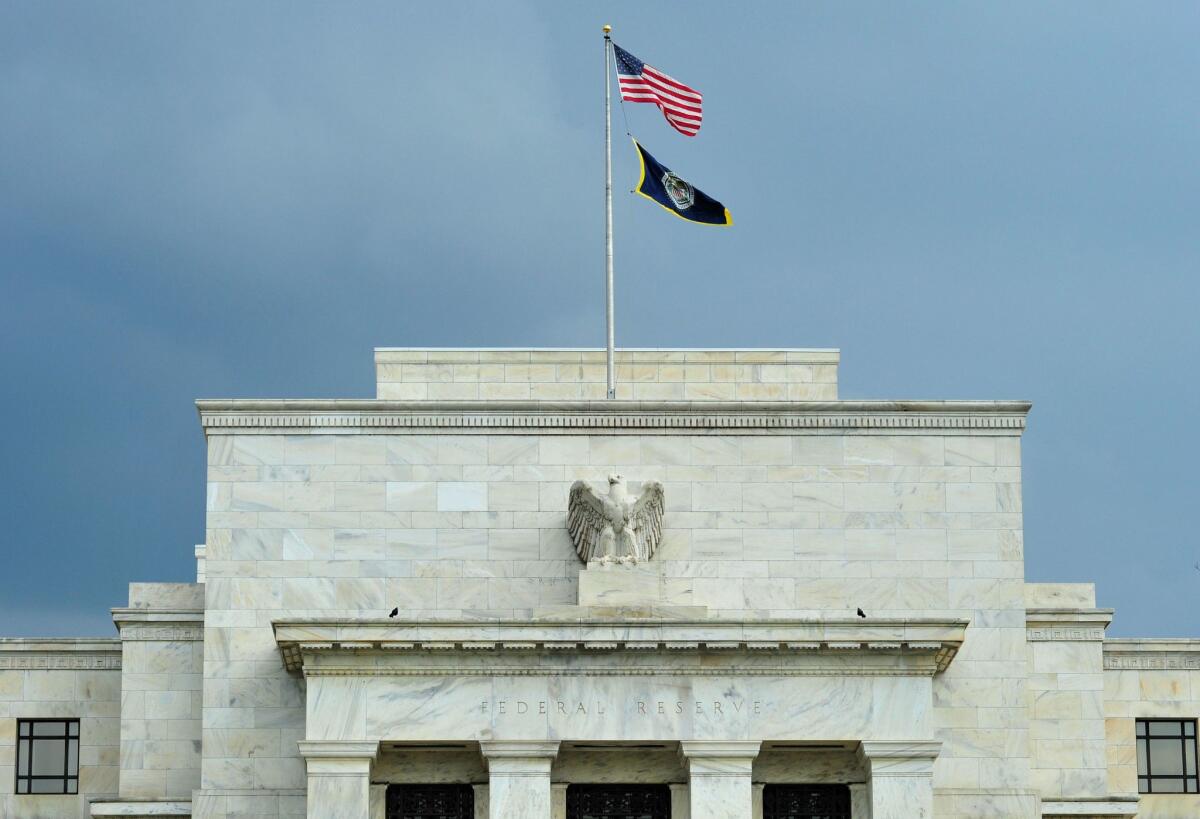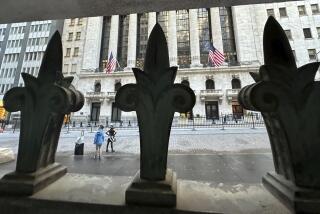Why buying Treasury securities is riskier than buying stocks

These are great days for U.S. stockholders, with the Standard & Poor’s 500-stock index and Dow industrials both closing at all-time highs last week. But things are a lot less than great for retirees and others who crave safety and reliability of interest income from long-term U.S. Treasury securities. Yields on those securities are near their all-time lows.
These high stock prices and low bond yields are not unrelated. U.S. yields are being driven down by investors from all over the world who prefer the skimpy yields on Treasury securities to the negative – that’s right, negative – yields on 10-year Japanese, Swiss and German bonds, and ultra-low yields on similar securities issued by other European governments.
Things are so out of whack in the United States that putting $10,000 into a Vanguard S&P index fund produces more annual income than putting the money into a 10-year Treasury security. The index fund would produce about $211 a year of dividends, according to Vanguard’s website. The 10-year Treasury would produce about $151, according to data from Thomson Reuters.
Of course, buying an index fund to get current income is highly risky, given how stock prices can move wildly up and down. By contrast, if you buy a 10-year Treasury, you know that you’ll get your $10,000 back in 2026.
But buying the Treasury, in my opinion, is actually riskier than owning the index fund. Why? Because if interest rates rise 1% over the next year, which could easily happen, the market value of your Treasury would drop by about seven points. That’s almost half the interest you stand to collect over the security’s 10-year life.
One of the reasons that stock prices have gotten so high in our country is that people like me – I’m 71 – are putting money into stocks that we might have put into bonds in earlier days, when yields were much higher than now.
The Federal Reserve has been trying to keep rates down to stimulate the economy. But the reason that Treasury yields have gotten so low lately isn’t the Fed – it’s because yields in other countries are even lower, thanks to policies of their central banks.
The yield on a Swiss 10-year government security is minus 0.88%, according to Bloomberg, while Japanese and German government 10-year yields are minus 0.69% and minus 0.09%, respectively. Dutch and French yields are 0.08% and 0.19%. That’s close enough to zero to not matter.
One of my favorite lunacies is a 10-year security the German government has issued. It pays zero percent interest, was sold at 100.48% of face value and pays off at face value in 2026. Hello? You put up 10,048 euros today to get back 10,000 euros in 10 years. And no interest.
It’s clear that a major reason that U.S. stocks and U.S. houses have risen sharply in price the last few years is that the Fed has been holding down interest rates. The Fed, you may recall, was trying to inflate the value of stocks and real estate, which lost trillions in value during the financial crisis. It has succeeded in doing that.
So if you’ve got a lot of money in stocks and houses, you’ve done well, courtesy of the Fed. If you’re a retiree of modest means who saved all her life to accumulate a nest egg to buy Treasury securities to supplement Social Security, you’re up the creek.
I have no idea if great days for stockholders are going to continue. But I’m pretty sure that bad days are ahead for anyone who buys long-term Treasuries at current very low yields.
I’ve predicted this for awhile, and I’ve been wrong so far. But as they say on Wall Street – if something can’t continue, it won’t.
Allan Sloan is a columnist for the Washington Post.






